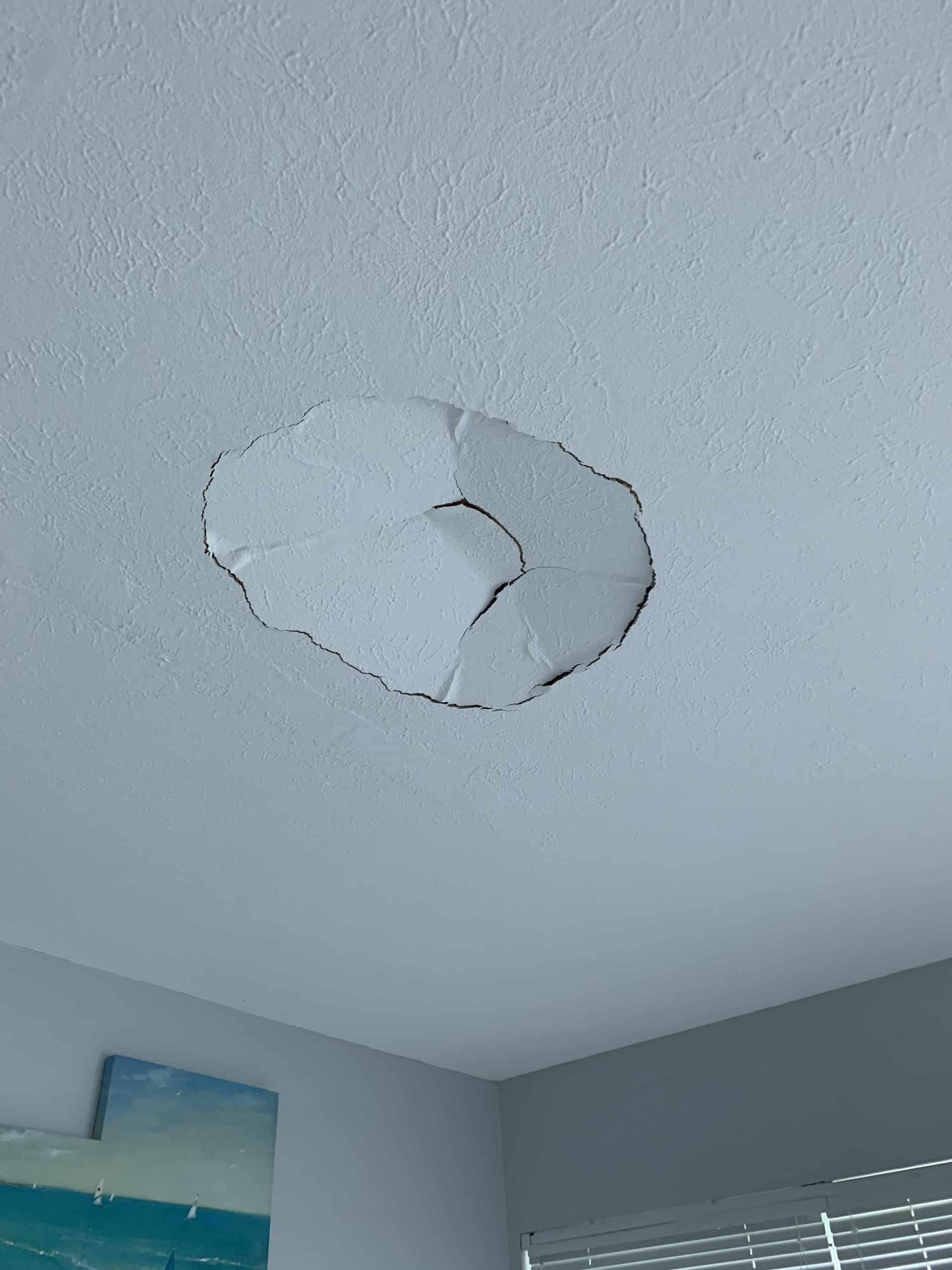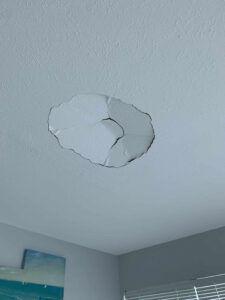Backlinks are links on other websites that point to a page on your website. These links are a part of the search engine algorithm that determines where your site ranks.
The best way to get backlinks is by creating content that is worth linking to. This includes resource articles, top 10 lists, and more. For expert advice, contact Rank Boss today!

Link Building
Link building is a crucial part of SEO (search engine optimization). It’s the process of getting links from other websites to your own. These links are a signal to search engines that your website is popular and relevant. The more backlinks a site has, the higher it will rank in search results.
However, it’s important to note that not all backlinks are created equal. If you use bad practices, such as buying links, you may be penalized by the search engine. That’s why it’s important to focus on quality and relevancy when doing link building.
Fortunately, there are many different ways to build links that will increase your website’s SEO. Some of these techniques require a bit of time and effort, but they are worth it in the long run. One of the best ways to do this is by writing quality content. This will make other sites want to link to yours, which will help you get more traffic and sales.
Another way to build links is through guest blogging. This involves writing a blog post for another website and including a link to your site. This can be a great way to get more traffic and increase your SEO ranking. However, it’s important to remember that not all sites will accept your guest post. Hence, it is important to research the website you want to work with.
Finally, you can also build links by using social media. By creating a social media account, you can reach out to other users and ask them to link to your website. In addition to this, you can also promote your links through social media sites.
There are several ways to build links, but not all of them are effective. The key is to find a link that makes sense to the user and is relevant to your website. In addition, it’s a good idea to avoid any black-hat SEO tactics. If you follow these rules, you’ll be able to build high-quality links that will benefit your business. Then, you can concentrate on other areas of your website.
Guest Blogging
Creating high-quality content is one of the best ways to get your brand and business noticed online. It’s also a great way to increase traffic and build relationships with potential customers. Guest blogging is a powerful marketing tool that allows you to publish content on another person’s website with a link to your site. You’ll often receive a byline in the post and can include a bio that speaks to your background and your company. Most bloggers will agree to a dofollow link within the body of the article, as long as it serves value to the reader and makes sense in context.
The popularity of guest blogging has been fueled by the fact that it is an effective strategy for creating quality backlinks to your website. However, this can be abused by marketers who create low-quality articles solely for building links. As a result, the search engine has been cracking down on guest blogging strategies that violate its guidelines.
Developing an SEO-boosting guest blogging strategy requires careful planning and execution. The key is to focus on writing informative and helpful articles that will attract readers to your site. While it is important to write with SEO in mind, you should not make it the primary goal of your blog posts. Instead, aim to provide valuable information and highlight yourself as an expert in your industry. This will attract more traffic to your site and help you establish yourself as a trustworthy source of information.
When creating a guest post, research the website you are writing for and identify which topics are popular among its audience. Also, read the blog’s guidelines to ensure your content meets their requirements. When selecting a topic, choose one that relates to your business and can be easily understood by the audience of the website. You should avoid posting articles that contain repetitive keywords or are too promotional in tone.
Aside from boosting your search engine optimization (SEO), guest blogging can also create brand awareness and improve customer conversion rates. In addition, you can use guest blogs to promote your social media accounts. In addition, you can also use them to engage with your audience and answer any questions they may have about your products or services.
Testimonials
Testimonials are real-life product feedback that can be used to increase your website traffic and sales. They have a huge impact on purchase decisions and influence consumer behavior. They can also help you build trust and credibility with potential customers. You can use testimonials in a variety of ways, including creating a dedicated page on your site or sharing them on social media. They can also be included in your blog posts and email campaigns.
To create a testimonial, ask your customers to share their experience with your business and products. The questions should be open-ended and to give detailed answers. For example, you might ask how they use your products, what results they’ve seen, and how satisfied they are with the customer service. This will help you develop a narrative that resonates with your target audience and is likely to encourage them to visit your website.
When using testimonials, make sure that they are accompanied by images or videos. These will be more compelling and engaging than just words alone. Additionally, try to include the customer’s name so they can feel connected to the story. This will allow them to identify with the testimonial and will make them more likely to trust the information it contains.
One of the best ways to leverage testimonials is by submitting them to high-traffic websites in your industry. This method of backlink building is a great way to get your business in front of new audiences and improve your SEO rankings. It’s important to choose sites that have a high Domain Authority (DA) ranking and are relevant to your business. However, don’t send testimonials to low-traffic websites that aren’t a good fit for your business.
Another great way to utilize testimonials is by writing guest articles for other businesses in your industry. This strategy is effective for obtaining backlinks because it promotes your brand, builds relationships with other businesses in your niche, and increases your visibility online. However, it’s important to keep in mind that this strategy can be risky if you don’t carefully vet the sites you’re targeting. You should only offer to write a testimonial for a company you’re enthusiastic about or that has excellent customer service.
Backlinks are incoming links to a website or web page. They can be created in several ways, including through SEO, social media, and guest blogging. You can also find them using tools such. These tools can give you a full list of backlinks to any domain or URL. You can also use these tools to check the quality of your backlinks.
A good way to get backlinks is by contacting bloggers and asking them to review your product or service. This is a great way to reach a new audience and improve your search engine rankings. However, it is important to do this the right way. You should always focus on creating high-quality content that will appeal to your target audience.
To begin, find a blogger with a relevant audience and a blog that is regularly updated. Make sure they have a large readership and a strong social following. Also, look for blogs that have a section dedicated to reviews or products. This will help you increase the likelihood of getting a review.
You can also try reaching out to the editor of a local newspaper or magazine. They are likely to be interested in a local success story and may even want to feature your business. Additionally, you can set up alerts for your business name, and then respond to any mentions of it.
Lastly, you can also build links by participating in online communities and forums. Many of these websites are industry-relevant and have a high trust score. Getting links from these sites can boost your search engine ranking significantly.
The best way to build backlinks is by creating great content that people will link to. This can be done by creating truly useful information, posting interesting news articles, and participating in social media conversations. By doing this, you will gain a following and a steady stream of traffic from your website. This will ultimately lead to more leads and sales. It is worth remembering, though, that while backlinks are a critical part of any SEO strategy, they do not guarantee top rankings.


